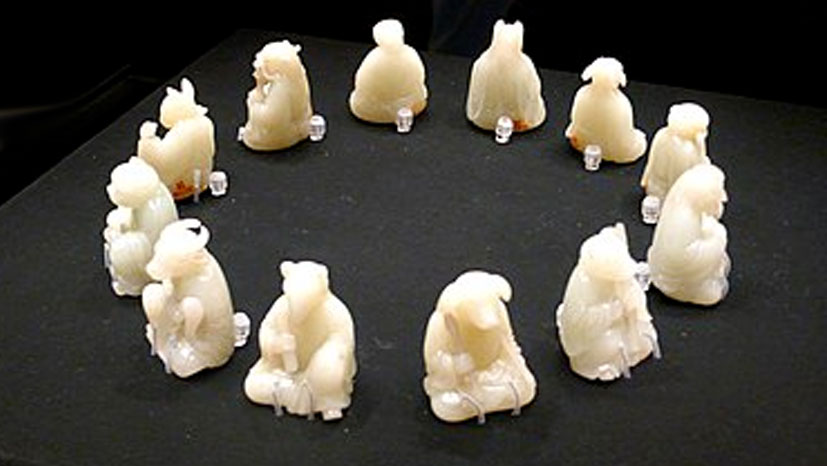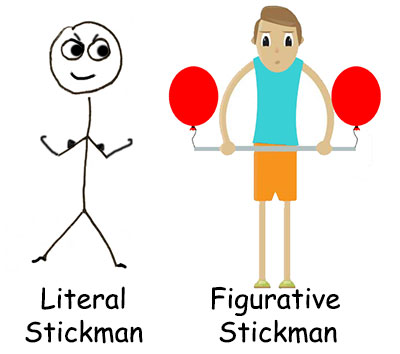
Some sticklers I know are quite bothered by one conversational tic many people, young and old, have: mis- or overuse of the word “literally.” This is nothing new; I recall this habit dating back, literally, to at least my own childhood, and I remember my own dad questioning the use even then, suggesting that the word “figuratively” might be a better word, which of course no one, including me, took up using.
Why do some people mind this conversational use of literally? Merriam-Webster’s defines literal as “free from exaggeration” and “characterized by a concern mainly with facts,” yet people use “literally” to exaggerate and often embellish their argument to make a point. “Figurative” means “representing a resemblance” or “expressing one thing [as something] regarded as analogous.”
Get a free sample proofread and edit for your English document.
Two professional proofreaders will proofread and edit your English document.
Figurative and literal speech, often confused, are important to understand, and both serve their purposes in writing. So, in today’s post, I will provide information about figurative and literal language and some tips for knowing when to use each.
Literal language is simple to explain: it is language that uses words and expressions to mean just what is written. For example, “The students complained and opened their textbooks to page 132,” means just what it says. There’s no room for alternate interpretations of what it states.
Figurative language, meanwhile, artfully voices ideas using words in ways other than their strict, literal meanings. Figurative language conveys ideas with creativity and pizazz, but it can be used to make a point clearer and more meaningful than literal language alone can achieve.

This table summarizes some common types of figurative language and provides examples and literal translations of each.
| Type of Figurative Language | Definition | Examples | Literal Translations |
| Simile | Comparison of two unlike things using like or as (as such, it is a type of metaphor) | The leather jacket was soft as butter. | The leather jacket was extremely soft. |
| Metaphor* | Comparison of two unlike things without necessarily stating the comparison directly | My words are a stone tablet. | My words are true and will not change. |
| Analogy | Comparison of two things that shows some similarity between things that might otherwise seem unlike one another | Cramming the night before a test is like dieting the day before you go to the beach. | It is best to study at regular intervals over a period of time. |
| Hyperbole | An outrageous exaggeration | Mom, you’ve told me that a million times! | Mom, you’ve told me that many times! |
| Personification | An statement giving humanity to nonhuman things, animals, or ideas | His eyes danced with a smile. | His eyes changed expression to show he was smiling. |
| Synecdoche | Use of part of a thing to refer to the whole thing | My teacher always wears the most amazing threads. | My teacher always wears the most amazing clothing. |
*This refers to lexical metaphor, which involves using words in a figurative way. Grammatical metaphor is a little harder to define simply. I will discuss in a future post, but in brief, it involves substituting one word or phrase with a different form of a related word (noun: pleasure; verb: please).
Simile, metaphor, and analogy are often confused. To understand the difference, take a look at an example of the same thing said with a simile, a metaphor, and an analogy:
In creative writing, there’s an emphasis on mode of expression, so it follows that writers expect to use figurative language. However, figurative language is not just for fiction and poetry. It is also useful in academic writing. Here are a couple of examples of figurative language used effectively in more academic writing:
In all types of writing, figurative language can be very useful, but there are a few tips to be mindful of when using it:
If you keep in mind these suggestions, using figurative language in your writing, academic or otherwise can lead to more effective and enjoyable prose.
Sarah P.
Get a free sample proofread and edit for your English document.
Two professional proofreaders will proofread and edit your English document.
Get a free sample proofread and edit for your document.
Two professional proofreaders will proofread and edit your document.
We will get your free sample back in three to six hours!